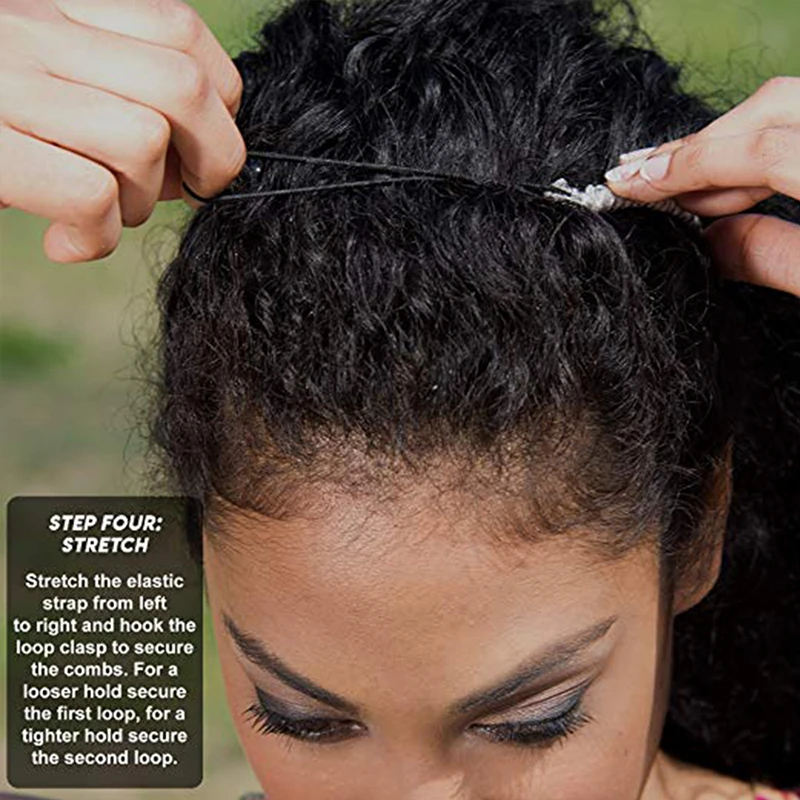

Their counterparts on the coast in the Mattole Valley in Northern California also harvested the sticky, dark material that made baskets airtight, secured arrowheads to wooden shafts and for some was said to have served as medicine for colds, coughs, burns and cuts. Also, hard asphaltum was used to make blades for knives and arrowheads. Indians near Sacramento used asphaltum to waterproof their baskets and to glue fibers of a soap-root brush to form a handle with twine. Supplies a contamination, but they learned to collect it to use as fuel in their lamps. The American settlers found its presence in the water The American Indians collected oil for medicines. The brush is made of soap-root fibers glued together with asphaltum and laced with string.

4Ī Maidu acorn-meal brush, resting on a stone mortar filled with acorn meal. Marco Polo found it used in the Caspian Sea region to treat camels for mange, and the first oil exported from Venezuela (in 1539) was intended as a gout treatment for the Holy Roman Emperor Charles V. 2Īncient Persians, 10th century Sumatrans and pre-Columbian Indians all believed that crude oil had medicinal benefits. 6Ībout 2000 years ago the Chinese used oil and natural gas for heat and light. In antiquity, bitumen was the Roman name for an asphalt used as a cement and mortar. 5 Natural deposits of asphalt occur in pits or lakes as residue from crude petroleum that has seeped up through fissures in the earth. There is reference to bitumen being used as a coating for Moses' basket and Noah's Ark being 'pitched' inside and out with it. This has been used for thousands of years as a waterproofing agent, for plumbing, boat building and brick bonding. Oil that had seeped to the surface would mostly evaporate and leave behind bitumen - the tarry component of the mixture of hydrocarbons from which it is composed. would melt from the hot valley sun and the body heat of the hunter, gluing the arrows or foreshafts together.

4īy using chunks of very hard, dry asphaltum. Egyptians used it for embalming, and the walls of Babylon and the famed pyramids were held together with it. 3 In Mesopotamia around 4000 B.C., bitumen - a tarry crude - was used as caulking for ships, a setting for jewels and mosaics, and an adhesive to secure weapon handles. The Babylonians caulked their ships with asphalt. Asphalt was also used as a waterproofing agent for baths, pottery and boats (Purdy, 1957). There asphalt was quarried for use as mortar between building stones as early as 6000 years ago. Hit is on the banks of the Euphrates river and is the site of an oil seep known locally as The Fountains Of Pitch. The petroleum industry is first encountered in the archaeological record near Hit in what is now Iraq. Petroleum literally means "rock oil." It is the second most abundant liquid on Earth. How Ancients Used Oil How Ancient People and People Before


 0 kommentar(er)
0 kommentar(er)
